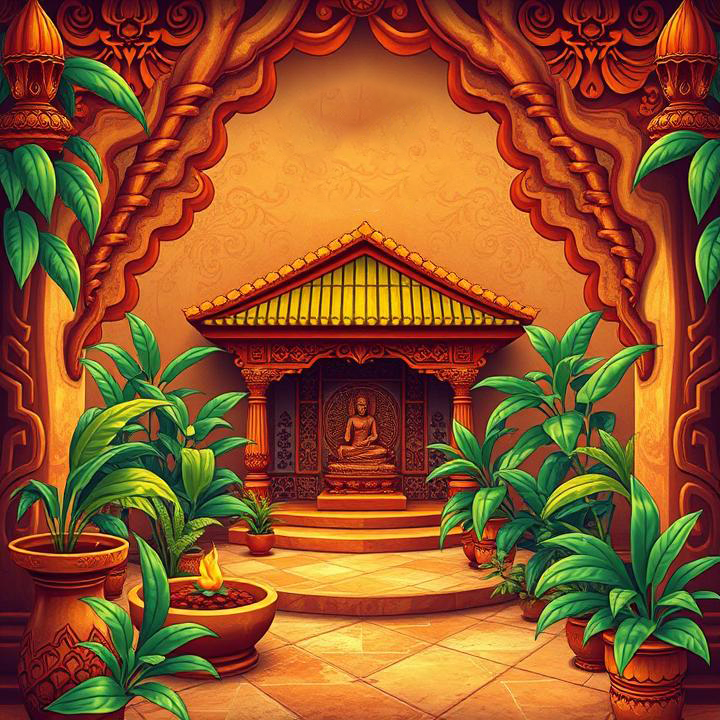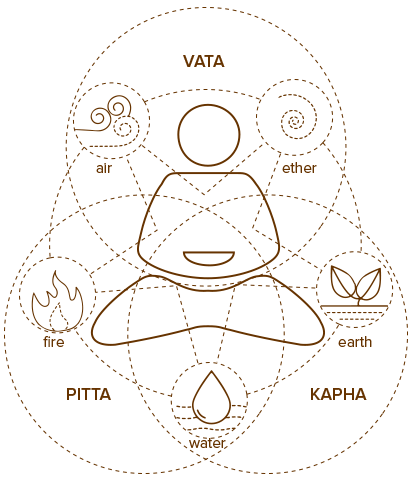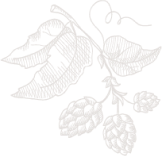





Ayurveda has a long history of being enriched by different types of contributions from different stages befitting their geographical, climatic, and cultural situations. There are evidences that prove that this system of medicine existed in Kerala even before the advent of Aryas. Kerala had a rich and varied flora and fauna and this has played a major role in the development of this medical system in Kerala. In fact, Vagbhata, one of the earliest proponents of ayurveda is the person who started the Ashtavaidya tradition in Kerala. It has been a homeland for innumerable, capable Ayurvedic Vaidyas for over centuries.


Ayurveda a Sanskrit word means “science of life" is one of the world’s oldest healing systems. It is an alternative medicine system with historical roots in India. It is heavily practiced in India and Nepal, where around 80% of population report using Ayurveda.
Ayurveda therapies have varied and evolved over more than two millennia. Therapies include herbal medicines, special diets, meditation, yoga, massage, laxatives, enemas, and medical oils. Ayurveda is based on the idea that disease is caused by an imbalance or stress in a person's consciousness.
The important writings of Ayurveda – Charaka Samhita, Sushruta Samhita and Ashtanga Hridaya which spread light to Ayurvedic principles to all corners of the world, were written around 3,000 years ago or from the middle of the first millennium BCE onwards.
In Ayurveda texts, Dosha balance is emphasized and suppressing natural urges is considered unhealthy and claimed to lead to illness. Ayurveda treatises describe three elemental doshas viz vatha, pitha and kapha and state that balance the doshas result in health, while imbalance result in disease.


Ayurveda practitioners had developed various medical preparations and surgical procedures from at least the beginning of the common era. It is the most dominant system amongst the other Indian systems of medicines and find its prevalence globally.
Ayurvedic practitioners regard physical existence, mental existence and personality as three separate elements of a whole person with each element being able to influence the others. This holistic approach used during diagnosis and healing is a fundamental aspect of Ayurveda.
Another part of Ayurvedic treatment says that there are channels which transport fluids, and that the channels can be opened up by massage treatment using oils and swedana. unhealthy or blocked channels are thought to cause disease.
Ayurveda has eight ways to diagnose illness, Called Nadi (pulse), Mootra (urine), mala (stool),Jihva(tougue),habda(speech), Sparsha (touch), Druk (vision) and aakruti (appearance). The study of the lethal points or marma is special importance.
Two of the eight branches of classical Ayurveda deal with surgery but contemporary Ayurveda tends to stress attaining vitality by building a healthy metabolic system and maintaining good digestion and excretion. Ayurveda also focuses on exercise, yoga and meditation, including a sattvic diet: Ayurveda employs the "Pancha Karma method in its therapies.
The vast majority of ayurvedic remedies are plant -based. Plant based treatments in Ayurveda may be derived from roots, leaves, fruits, bark, or seeds. Animal products in Ayurveda include milk, bones, and gall stones. In addition, fats are prescribed both for consumption and for external use.